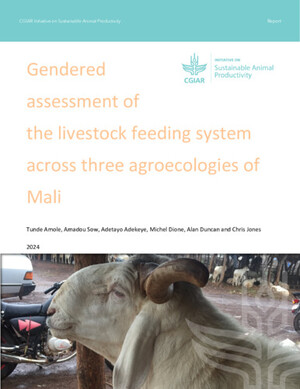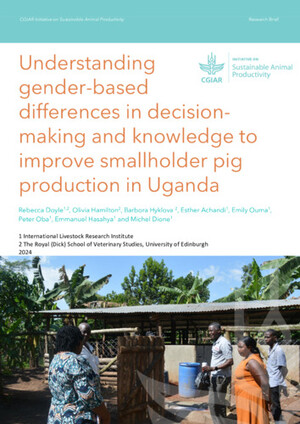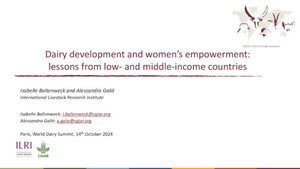
Patterns of use, gathering, processing and administration of herbal and alternative medicines among people and livestock in Kenya: A study of local knowledge for One Health
Abstract
Background Although much has been written about efficacy of various herbal and plant-based medicines, significantly less is known about patterns of use in humans, and even less about how these are used in livestock. This paper addresses that gap in our knowledge through an empirical, ethnographically informed study of indigenous medicines in one rural and one urban site in Kenya. Methods The study utilizes a One Health perspective in order to better understand the intersection of human, animal and environmental health, and focuses on patterns of use in people and their livestock. An ethnographically-informed methodology is employed, including observations, key informant interviews, narrative interviews and focus group discussions. Convenience and snowball sampling were used to identify and recruit participants. Results Gendered uses and administration of medicines, and gendered knowledge custodianship are identified. Practices of gathering and processing plant-based medicines are discussed. A wide variety of common illnesses are reportedly successfully treated by herbal medicines in both study sites, including general pain relief, wound healing, fevers, stomach problems, infertility and skin disorders, and many of these curatives are administered to both humans and livestock. Conclusions By spotlighting first-person narratives gathered over an extended period in the field, this paper sheds light on the importance of understanding local realities for policy, interventions and broader public health debate surrounding access to and use of herbal medicines.
Citation
Howland, O. 2021. Patterns of use, gathering, processing and administration of herbal and alternative medicines among people and livestock in Kenya: A study of local knowledge for One Health. Journal of Global Health Reports 5:e2021042.










